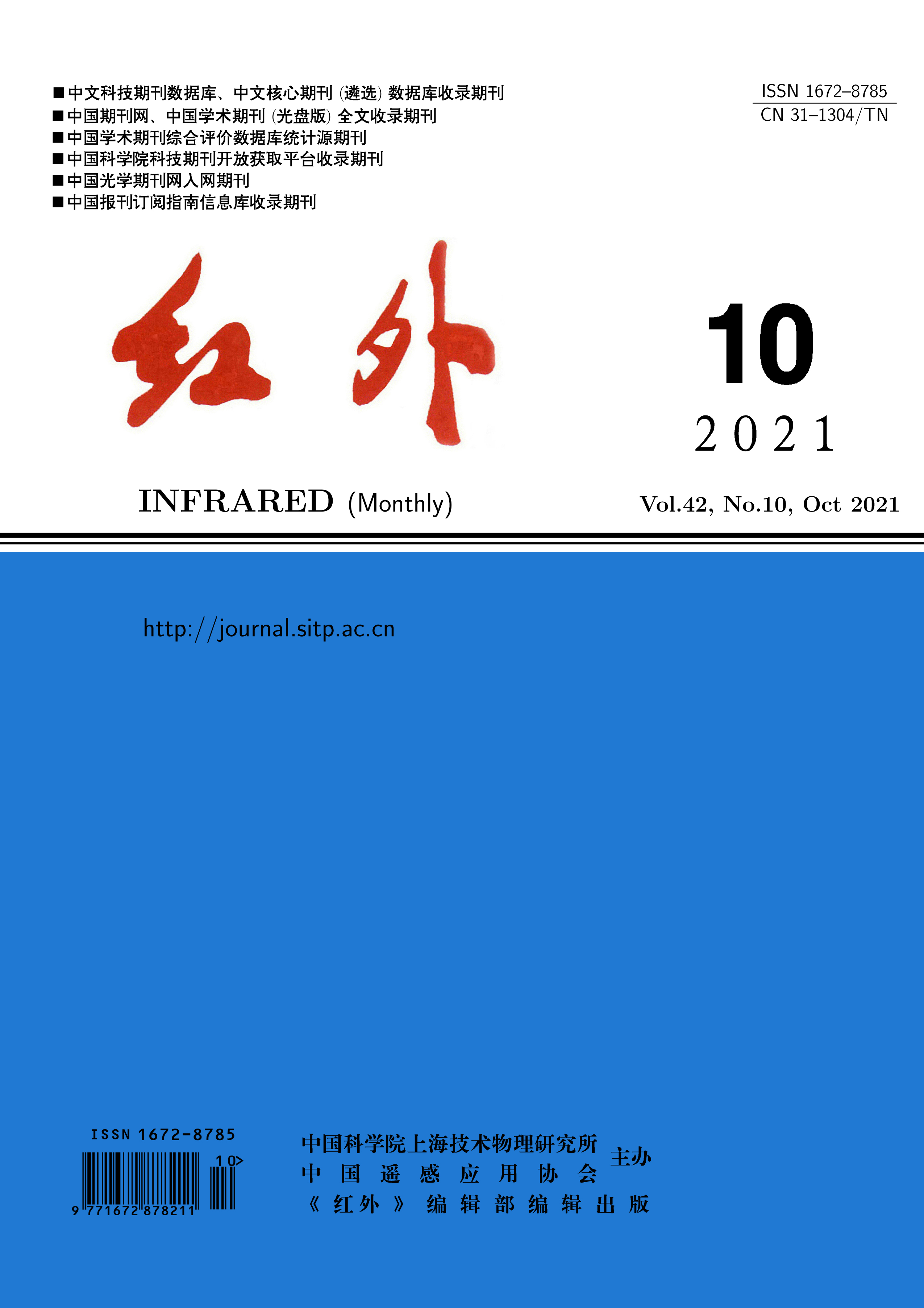
Photolithography is a very critical process in the fabrication of HgCdTe infrared detector chips. At present, most HgCdTe chips are prepared by using contact-lithography technology. However, the process uniformity is poor when exposing chips with large surface undulations, and the mask is easy to damage the chips when contacting with the chips. Aiming at these shortcomings of contact-lithography, a stepper projection exposure process for HgCdTe chips is developed using the reduced-stepper projection lithography machine produced by Nikon. Both hardware and software of the device are slightly modified and set up to work with HgCdTe chips. After debugging, the reduced-stepper projection lithography machine has achieved better exposure effects on some chips with large surface undulations, and the consistency of lithography patterns has been improved. The experimental results show that the reduced-stepper projection lithography technology can improve the lithography quality of HgCdTe chips, and improve the chip preparation process to a certain extent.
Distributed opto-electronic cooperation is an efficient way to enhance the detection and recognition ability of single-machine opto-electronic load. Comprehensive processing of collected images is the foundation of collaborative applications. Multi source image super-resolution reconstruction, multi-source image information fusion, and multi-view image mosaic stitching can achieve wide-area high-resolution imaging and improve the detection and recognition capabilities of the system. However, the improvement of the practical ability of distributed opto-electronic systems still needs to be verified. Therefore, a distributed opto-electronic cooperative partial-real simulation platform was established to discuss the image performance after comprehensive processing. The results show that image mosaic of 4-channel videos can be completed simultaneously, and the isotropic local contrast ratio and perceived contrast ratio of the fused image are improved. The peak signal-to-noise ratio of the reconstructed image is increased by 3088%, which can improve the reconnaissance effect to a certain extent.
Aiming at the problem of multi-difference aerial camera image detection accuracy, a multi-difference spatial filter parameter selection method is proposed. Firstly, the spatial filtering method and the automatic focusing based on the spatial filtering effect are introduced. Secondly, the implementation process of multi-difference filter focusing method is introduced, and the relationship between the selection of filter parameters and the focusing accuracy as well as the sensitivity is analyzed from the view of the power spectrum of filter output signal. Finally, the dynamic imaging experiment is designed, and the location images are collected under the typical guide speed of 532mm/s. Different filter parameters are selected to detect the image plane for 20 times, and the focusing effect is compared with that of the traditional image-focusing operator. The results show that the parameters selected by the multi-difference filtering method in this paper improve the focusing accuracy by 18% compared with the Brenner algorithm. And the maximum error of the focusing system is 3392 m, less than the allowable error of the optical system(768 m), which meets the practical requirements.
In order to realize the vibration signal detection in two directions, a two-dimensional fiber grating vibration sensor with a rod as the elastic structure is proposed. Firstly, the theoretical analysis of this two-dimensional fiber grating vibration sensor is carried out, and the formula of its natural frequency and sensitivity is derived. Then the sensor structure is optimized and simulated to determine the final value of each parameter. Finally, the performance of the sensor is studied experimentally. The experimental results show that the natural frequency of the sensor in the x direction is 493 Hz, the sensitivity is 54 pm/g, and the linearity is 999%. The natural frequency in the y direction is 466 Hz, the sensitivity is 5 pm/g, and the linearity is 975%. In addition, the effect of temperature on vibration signal measurement is eliminated by using dual fiber grating, and the temperature sensitivity is 01 pm/°C. The sensor which can detect vibration signals in both directions and eliminate the influence of temperature is simple in structure. Since the sensor has good performance in the detection of vibration signals, it has important research significance in the field of multidimensional vibration signal detection.
A large number of training samples can effectively alleviate the overfitting of the model and improve the classification effect. A lot of high-precision training samples are rapidly amplified by using homogenous regions of different scales. The support vector machine classifier is trained with the initial labeled samples and amplified samples to achieve the effective classification of hyperspectral data. The majority of high-precision training samples based on Pavia University data, Salinas data and Indian Pines data can be obtained by this method, and the accuracy is above 99%, 99% and 97% respectively. The experiment results show that the large number of pseudo-label samples amplified by the proposed method can effectively train the SVM classifier and improve the classification effect.
Infrared image technology is applied more and more widely in the field of criminal investigation. Heat traces left at the crime scene can be used to gather more evidence for the case. However, there are always some problems such as unclear contour and fuzzy extraction effect existing in infrared images. An image object extraction method based on improved U-Net to solve these problems is proposed in this paper. Three layers of up-sampling and down-sampling are adopted in the network structure. Double-cubic interpolation is used for up-sampling, and 3×3 convolution with step size of 2 is used for down-sampling. The shallow feature and deep semantic information are combined by skip connection. The introduction of Dropout and Batch Normalization structures makes the network converge faster and better. Taking infrared fingerprint of criminal investigation as the research object, the image object extraction effects of U-Net, Sobel operator, watershed, maximum entropy and Otsu are improved by comparing experiments. The results show that the U-Net network built in this paper can extract the contour information of infrared fingermarks more completely and effectively, and good results are achieved in the extraction of infrared fingermarks.








